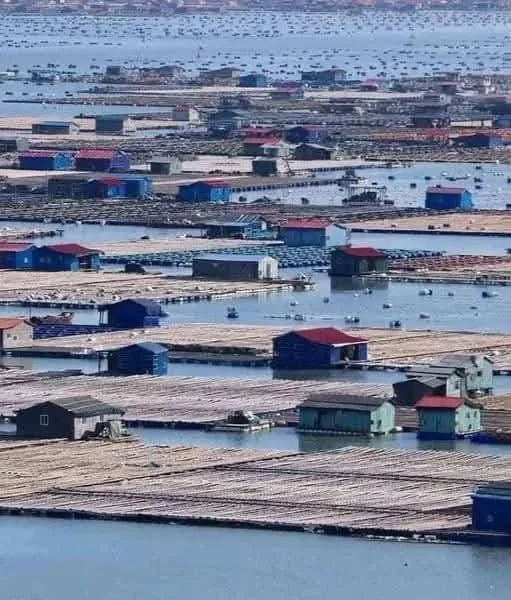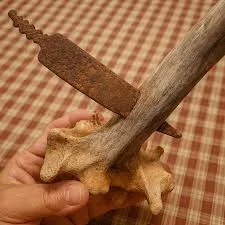Imagine a life where the rhythmic gentle sway of the ocean is your constant companion, where your home rises and falls with the tides, and the vast expanse of the sea is your backyard. This isn’t a romanticized notion, but the very real existence of the Tanka people, a unique community often dubbed the “sea gypsies,” who have, for an astounding 1,300 years, called the waters off the coast of Southern China their home.

Referred to as “Tankas” or “Tank people,” and historically by the Chinese and British as “sea gypsies,” this community, once numbering around 7,000, has traditionally lived an entirely aquatic existence. Their homes are not built on solid ground but are intricately designed boats, complete with living rooms, kitchens, and bathrooms. These floating abodes are not just dwellings; they are the very center of Tanka life. Every significant event, from joyous weddings to solemn funerals, takes place on these sturdy vessels, underscoring how deeply their culture is interwoven with the water.
The heartbeat of the Tanka community revolves around the sea and its bounties. Fishing is their primary livelihood, a skill passed down through generations. Their expertise in the aquatic world is unparalleled. Beyond fishing, many Tankas historically found work in the salt industry, a testament to their resourcefulness and adaptability. Some even ventured into the dangerous yet rewarding pursuit of pearl diving, or free-diving for various fish, showcasing their remarkable connection to the underwater realm.
The belief that the Tanka people have not set foot on land for 1,300 years is a powerful testament to their unique way of life and their profound cultural isolation, though it’s important to note that in modern times, many Tanka communities have begun to transition to living on land, often in stilt houses or newly built onshore communities, especially with government initiatives encouraging such moves for safety and access to modern amenities. However, their historical identity as a people tied solely to the water remains a captivating aspect of their heritage.
Originally, the Tanka were often marginalized by the land-dwelling Han Chinese, seen as outsiders. This social exclusion further cemented their life on the water, creating a distinct cultural identity with its own traditions, language (often a unique dialect of Cantonese), and customs. Their “salt-water songs,” or Tanka ditties, are a beautiful expression of their maritime life, telling tales of the sea, love, and hardship.
While the “floating village” as a sole mode of existence is evolving, the legacy of the Tanka people continues to fascinate. Their story is a powerful illustration of human adaptation, resilience, and the formation of a rich culture in the most unexpected of environments. From the bustling harbors of Hong Kong to the more remote coastal areas of Hainan, where some of the largest Tanka communities are found, their unique way of life stands as a testament to centuries of harmonious co-existence with the sea.
In a world increasingly dominated by land-based urbanisation, the story of the Tanka offers a refreshing perspective on human ingenuity and the diverse forms that community and home can take. They are a living bridge to an ancient way of life, reminding us of humanity’s deep connection to the natural world, particularly the vast and ever-present ocean.
Have you ever encountered a floating village? What aspects of the Tanka people’s lifestyle do you find most intriguing? Share your thoughts in the comments below!





